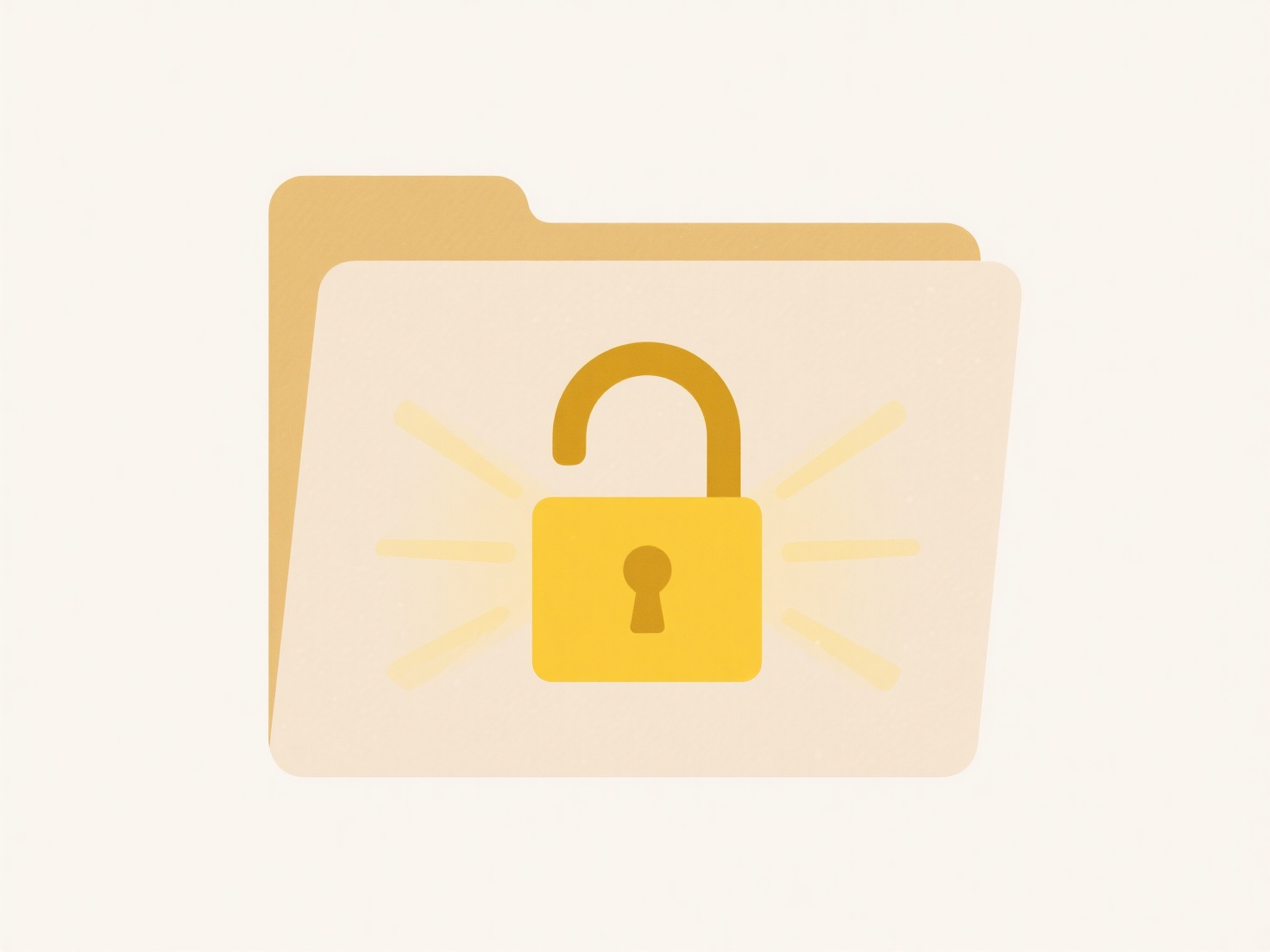
Comparing text files involves analyzing two or more files to identify differences between their content. These differences can include added, removed, or altered lines of text. This process, often called "diffing," typically works by breaking each file into lines and using algorithms to find the minimal set of changes needed to transform one file version into another, outputting these changes for review.

A primary example is version control systems like Git, which use diff tools constantly to show developers changes between their local work and the remote repository. Software engineers also use dedicated diff utilities (like WinMerge, Meld, or TextEdit's "Compare" feature) during code reviews or debugging to pinpoint exactly what altered code between bug reports. Content editors may compare drafts to track revisions.
This method provides precise, easy-to-understand insights into changes, saving immense time compared to manual inspection. However, line-by-line diffing can struggle with complex changes like large-scale refactoring or renamed sections, potentially obscuring logical similarities. Ethical considerations include respecting copyright when comparing documents. Advances involve semantic diffing, aiming to better understand the meaning behind textual alterations beyond simple line changes.
How do I compare text files to find differences?
Comparing text files involves analyzing two or more files to identify differences between their content. These differences can include added, removed, or altered lines of text. This process, often called "diffing," typically works by breaking each file into lines and using algorithms to find the minimal set of changes needed to transform one file version into another, outputting these changes for review.

A primary example is version control systems like Git, which use diff tools constantly to show developers changes between their local work and the remote repository. Software engineers also use dedicated diff utilities (like WinMerge, Meld, or TextEdit's "Compare" feature) during code reviews or debugging to pinpoint exactly what altered code between bug reports. Content editors may compare drafts to track revisions.
This method provides precise, easy-to-understand insights into changes, saving immense time compared to manual inspection. However, line-by-line diffing can struggle with complex changes like large-scale refactoring or renamed sections, potentially obscuring logical similarities. Ethical considerations include respecting copyright when comparing documents. Advances involve semantic diffing, aiming to better understand the meaning behind textual alterations beyond simple line changes.
Quick Article Links
Can I visualize file structures in a diagram?
Visualizing file structures means creating diagrammatic representations of folders (directories) and files to show their...
Why do some files show in search but won’t open?
A file may appear in search results but fail to open because its metadata (like name, location, and properties) is index...
What are file libraries and how do they help?
A file library is a centralized, structured repository for storing, organizing, and accessing digital files such as docu...